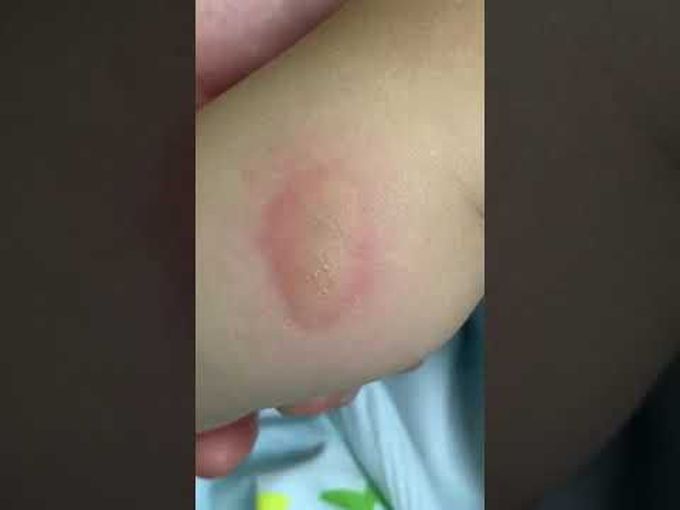


A Pulsating Leg
A 21-month-old boy presented to a pediatric emergency department with a 1-day history of a pruritic rash on his left leg. He had a temperature of 39.2°C and a normal heart rate and blood pressure. On physical examination, he appeared well and had no heart murmur. On the left lower leg, an edematous erythematous plaque was pulsating with alternating erythema and blanching in synchrony with his pulse (video). Quincke’s sign is an alternating blanching and flushing of a specific site, in rhythm with arterial pulsation. This sign typically refers to capillary pulsations visualized in the fingernail bed that are associated with aortic insufficiency. However, the term can also be used to describe alternating blanching and flushing seen in other focal areas, such as observed in our patient who had Quincke’s sign at the site of a suspected insect bite. It was thought that the localized vasodilatation and edema present at the site of the insect bite caused arterioles to be unable to maintain adequate pressure during diastole, resulting in this pulsating blanching and flushing phenomenon. Treatment for this patient included oral dimethindene maleate (an antihistamine). Within 3 hours, the pulsations stopped, and the edema and redness diminished. He was discharged home, and the lesion resolved completely 3 days after presentation.
Source: https://youtube.com/shorts/iupVTL4kw5U?si=HAvmqoeMw2QDEjA4
